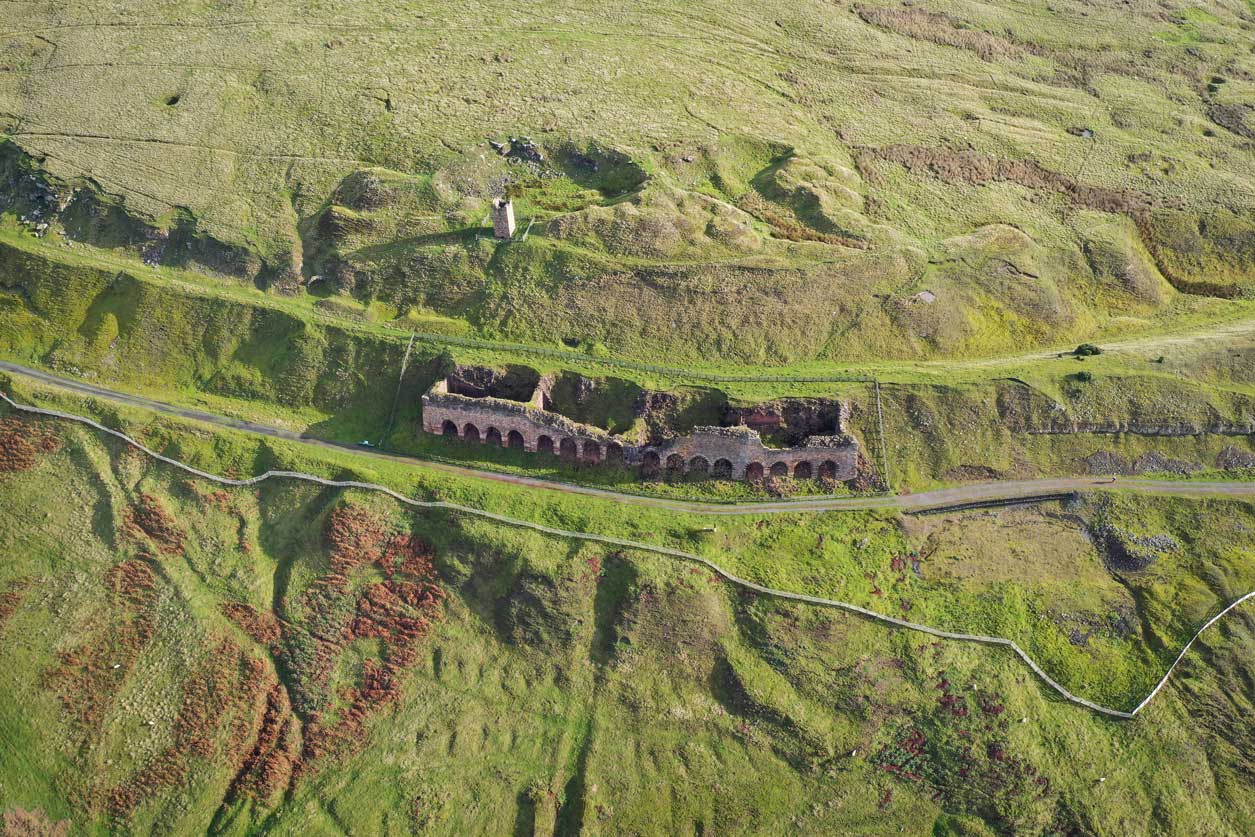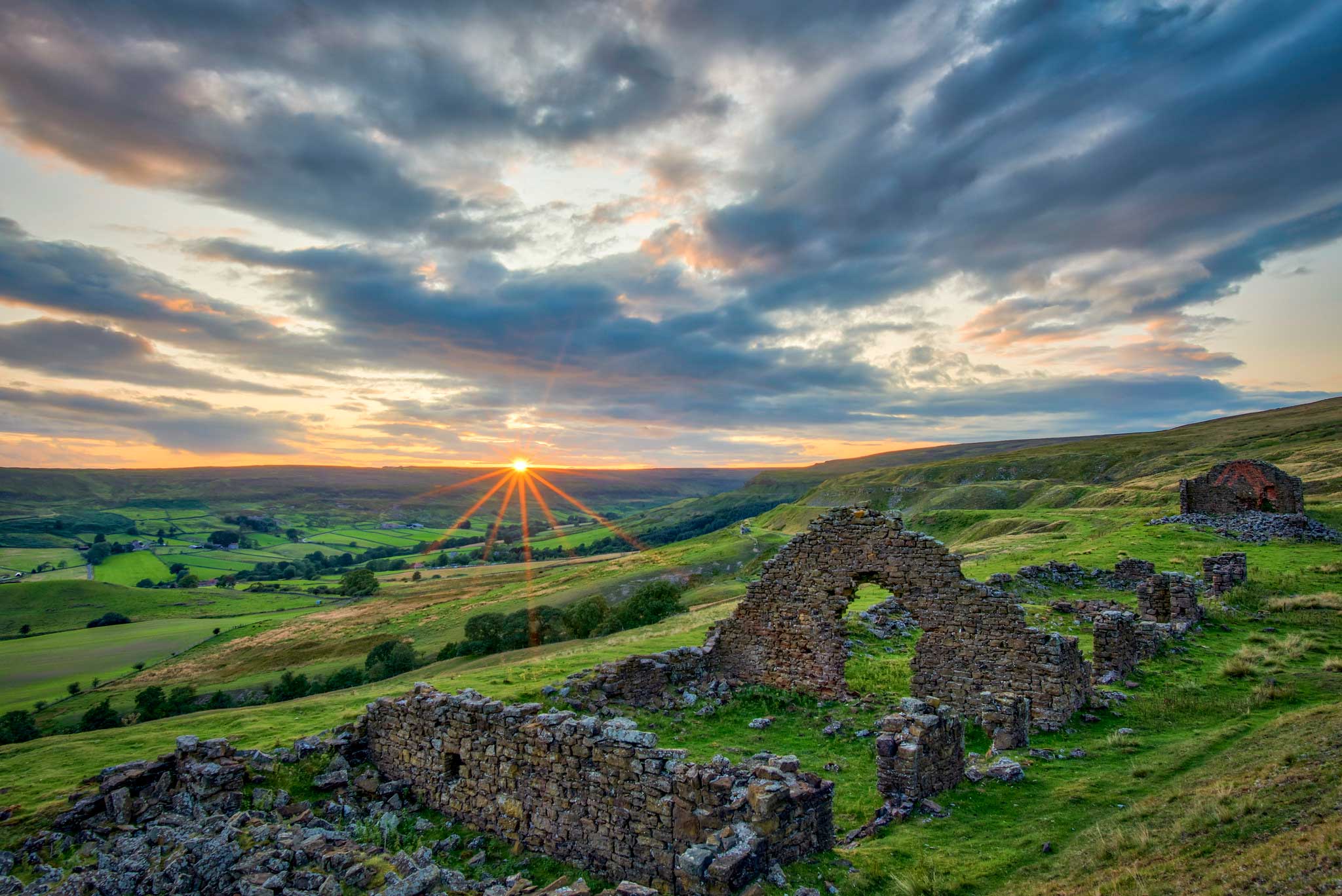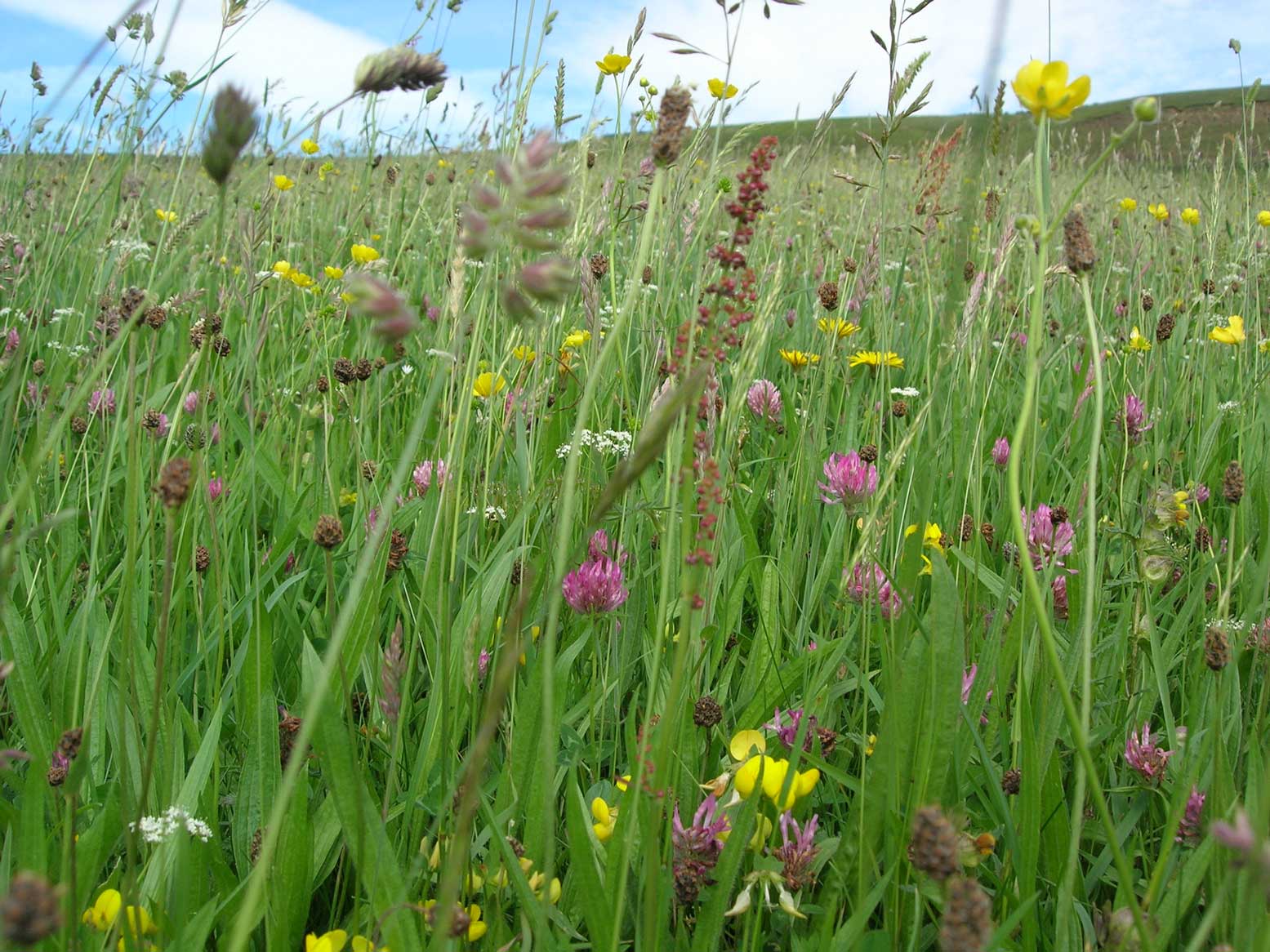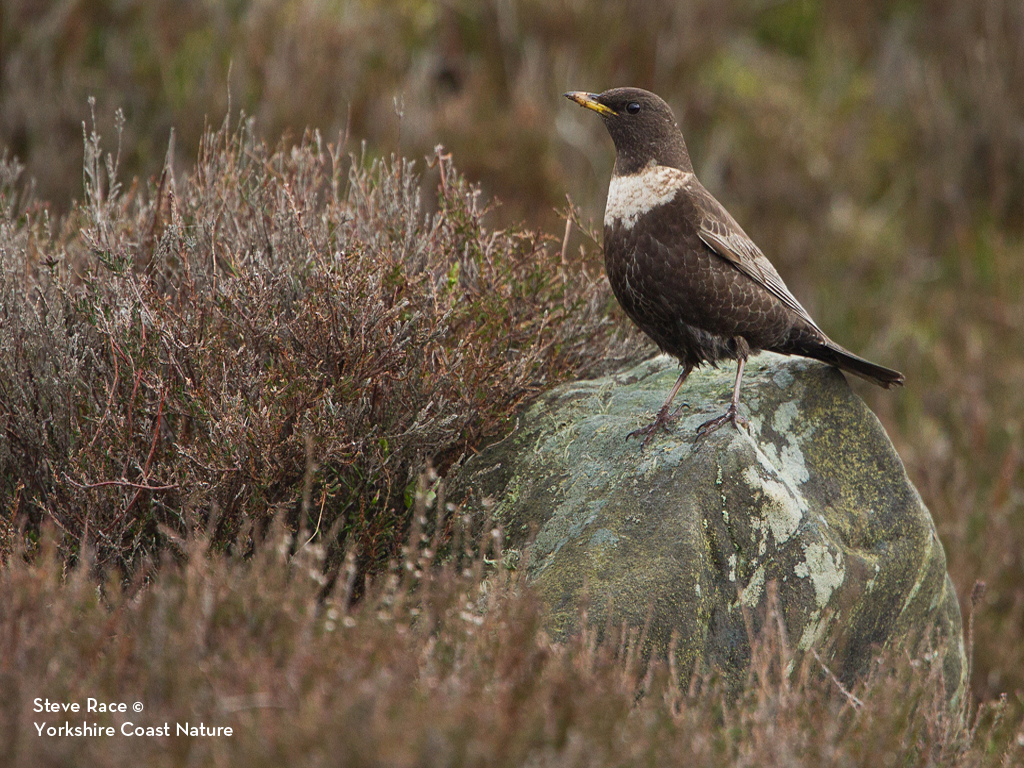Bank Top kilns
The area around Chimney Bank was the first part of Rosedale to experience the explosion of modern ironstone mining. Work began in 1856 and the initial mining was easy pickings as the ironstone stood out from the hillside as a cliff outcrop. Local legend says that during thunderstorms lightning would often strike the cliff and people talked of the devil or treasure buried in the hill.
Bank Top kilns were built to refine the ironstone through a process called ‘calcining’ – burning the ore with coal to reduce its weight by up to half and remove impurities. This meant much more efficient transport costs in getting to the ore to where it would be smelted into iron – first around Durham and later Teesside.
The project has carried out physical conservation works on the kilns, preserving them in their current state and preventing further deterioration. The work involved pointing and reinforcing the walls and joints, with the top of the kilns protected from weather damage by ‘soft capping’ with turf. New and innovative interpretation places the Bank Top kilns within their historic and natural environment.
East kilns
Once mining was underway in Rosedale large ironstone deposits were soon discovered on the east side of the valley too and extraction began here in 1860. The initial resources were plentiful, in seams up to 14ft thick, but the quality soon deteriorated and after several stops and starts mining finally left here, and all of Rosedale, in 1926. By then, around 11 million tonnes of ironstone had been taken from the valley and used in construction projects around the world.

Relics of the entire mining and refining process and the communities that worked there still remain at East kilns. Two monumental sets of calcining kilns can be seen for miles from across the valley. A chimney stands high on the moor and near derelict cottages show that this was once a bustling centre of industry with several hundred people working and living on the hillside.

As at Bank Top Kilns, project work here included consolidating the stone and brickwork of the North Kilns (known as the Iron Kilns) at Rosedale East to minimise further deterioration. The work has conserved the existing masonry and will help prevent further decay to the brickwork. This has helped to restore the historic importance of the site, making it a popular point of interest for the public on the Rosedale walk. A brand-new on site interpretation feature illustrates what the kilns and area looked like when in full operation.
Hay meadows and daffodils
Rosedale contains some of the best remaining upland hay meadows in the North York Moors, a legacy of traditional agricultural practices that are at risk of being lost through changes to land management. The wild daffodil (Narcissus pseudonarcissus), the only daffodil native to Britain, is also found throughout the valley, providing a cheerful welcome to spring every year.
The project has worked with farmers and land managers to sustain, restore and improve these valuable habitats for people and wildlife to enjoy. Walks and trails through the area highlight the best places and times of year to see the fascinating flowers and the animals that benefit from this work.

Ring ouzels
One particular bird that has found a home around Rosedale is the ring ouzel (Turdus torquatus). This attractive summer visitor looks similar to a blackbird but has a striking white chest. It migrates here from North Africa in spring and nests in the heather and rock outcrops left from the mines and quarries, before returning in autumn.
The ring ouzel chooses Rosedale for nesting and rearing its young because of the varied mix of feeding and habitat provided by the mining remains and the current management of the valley for grazing and the moorlands for grouse. It is a critically endangered species, with the 2014 population in Rosedale estimated at just 21 breeding pairs.

The project has worked closely with local volunteers who have been monitoring ring ouzels across the North York Moors since 1999. Cameras have been installed near nesting sites to monitor predation and bird behaviour and rowan trees, a valuable food source for the birds, have planted at specially selected sites in Rosedale to encourage the ring ouzel population.
